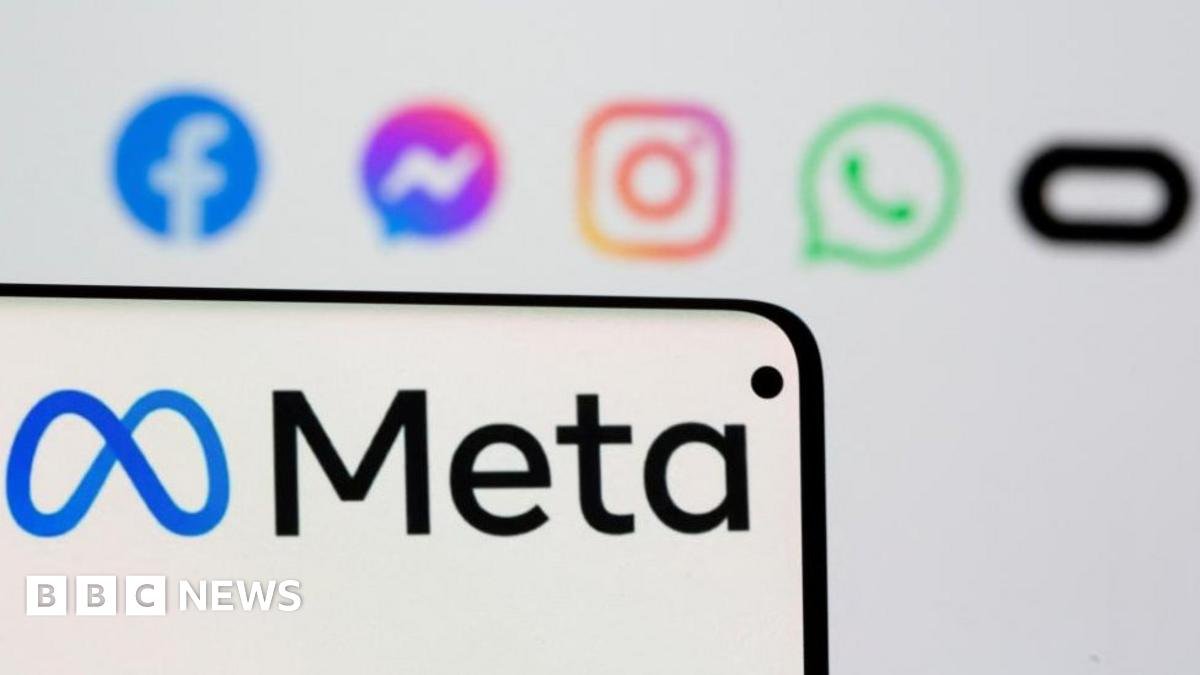📌 Introduction
Meta Ads budget optimization techniques: Meta Ads (formerly Facebook Ads) offer powerful targeting and optimization capabilities—but without proper budget optimization, even the best creative can fall flat. Many advertisers waste spend or miss opportunities simply due to inefficient budget allocation. This guide will help you break down the challenges of Meta Ads budget optimization, understand common causes, and implement proven techniques for better ROI.
🧩 Breaking Down the Problem
1. Symptoms of Poor Budget Optimization
-
High cost-per-click (CPC) or cost-per-action (CPA)
-
Poor return on ad spend (ROAS)
-
Uneven delivery across ad sets or campaigns
-
Budget exhaustion early in the day
-
Ads entering the learning phase too frequently
2. Common Causes
-
Misaligned campaign objectives and budget allocation
-
Lack of audience segmentation or overlap
-
Ignoring campaign-level vs. ad set-level budget strategies
-
Failure to account for bid strategies and pacing
-
Insufficient data for algorithm learning
3. Consequences of Not Addressing the Issue
-
Wasted ad spend with low returns
-
Missed opportunities for scaling effective ads
-
Skewed performance data that misleads future campaigns
-
Declining relevance scores, impacting delivery
✅ Step-by-Step Guide to Meta Ads Budget Optimization
Step 1: Audit Your Existing Campaigns
-
Check delivery status and learning phase
-
Compare performance metrics (ROAS, CPA, CTR)
-
Review frequency to avoid ad fatigue
-
Identify high/low-performing ad sets
Tool: Ads Reporting, Breakdown by Placement/Age/Gender/Device
Step 2: Choose the Right Budgeting Strategy
Meta offers two key options:
a. Campaign Budget Optimization (CBO)
-
Budget is set at the campaign level
-
Meta auto-distributes budget to the best-performing ad sets
When to use CBO:
-
You want Meta to optimize allocation across ad sets
-
Your ad sets have similar audience sizes and conversion goals
b. Ad Set Budget Optimization (ABO)
-
Budget is fixed at the ad set level
When to use ABO:
-
Testing specific audiences or creative
-
You want tighter control over spend per segment
Step 3: Optimize Audience Segmentation
-
Avoid Overlap: Use the Audience Overlap Tool to prevent competition between your own ad sets
-
Layered Targeting: Narrow audiences by demographics, behaviors, and interests
-
Exclude Converters: Create custom audiences to exclude past purchasers or engaged users
Tip: Lookalike audiences based on LTV or high-value actions (e.g., purchases) often deliver better ROAS than cold targeting.
Step 4: Refine Bid Strategy and Pacing
Meta offers four main bid strategies:
-
Lowest Cost (default)
-
Cost Cap
-
Bid Cap
-
ROAS Goal
Choose based on your goals:
-
Testing? Use Lowest Cost for broad reach
-
Predictable CPA? Use Cost Cap
-
Scaling Profitably? Try ROAS Goal
Pacing Tip: Avoid frequent changes—every budget or bid change re-enters the learning phase.
Step 5: Use Automated Rules
Set rules in Meta Ads Manager to automate budget shifts:
-
Increase budget if ROAS > 2x
-
Pause ads with CPA > $XX
-
Notify when frequency > 3
Tool: Automated Rules in Ads Manager
Step 6: Run A/B Tests
-
Test audiences, creatives, placements, or bidding strategies
-
Use statistically significant results before scaling
Example: Test carousel vs. single-image ad to see which performs better at same budget
Step 7: Implement Dayparting (Time-Based Bidding)
While Meta doesn’t offer direct dayparting, use scheduling within ad sets to only run during high-converting hours.
Tool: Ad Set > Budget & Schedule > Run Ads on a Schedule (Lifetime Budget required)
📘 Real-World Case Study
Client: Mid-size eCommerce fashion brand
Problem: High CPA of $35, low ROAS of 1.2
Actions Taken:
-
Switched from ABO to CBO with audience segmentation
-
Created custom audiences of past purchasers + 1% LAL
-
Applied cost cap strategy to maintain CPA < $20
-
Used automated rules to scale high-performing ad sets
-
Paused underperformers after A/B test
Results:
-
CPA dropped to $18.40
-
ROAS increased to 2.8x
-
Budget reallocated to top 3 ad sets with 70% of conversions
🔁 Tips for Ongoing Optimization
-
Review weekly, not daily (avoid premature changes)
-
Limit changes during learning phase (needs ~50 conversions/week)
-
Use dynamic creative to test multiple variations
-
Consolidate campaigns to avoid budget dilution
-
Monitor attribution settings (compare 1-day vs. 7-day window)
🏁 Final Steps & Call to Action
Next Steps:
-
Audit your current Meta Ads performance using Ads Manager
-
Decide on a budget strategy: CBO vs. ABO
-
Refine your audiences and eliminate overlap
-
Apply appropriate bid strategies aligned with your KPIs
-
Set up rules and A/B testing to automate learning
Call to Action:
🎯 Don’t let inefficient spending hold your campaigns back.
Start optimizing your Meta Ads budget today—audit your campaigns, apply these techniques, and unlock higher ROAS with smarter spend. If you need help, consider partnering with a Meta Ads specialist to accelerate your success.
